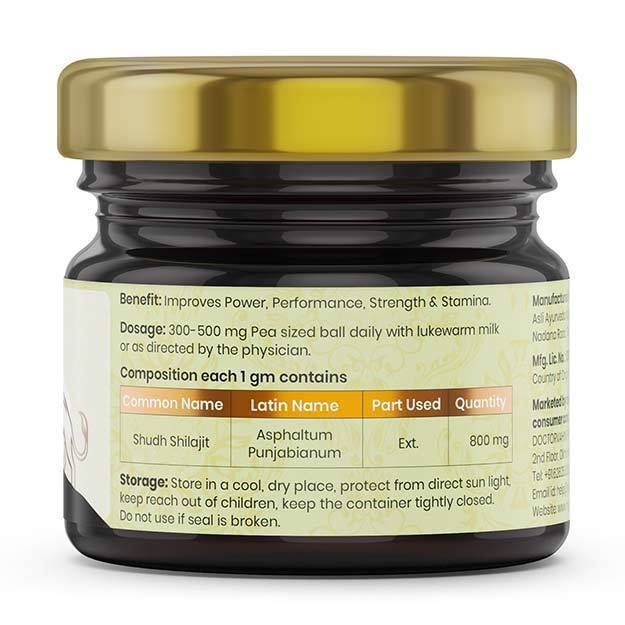There has been a long-standing debate about which out of cardiovascular training or strength training is better for the average fitness conscious person. Various methods, however, since the early days of these two distinct branches of fitness have tried to mix the two together for their combined benefits. Circuit training was developed in the 1950s by combining weight training with high-intensity activities performed over a short duration of time.
Both aerobic as well as anaerobic (resistance) exercises require different kinds of endurance levels which circuit training seeks to get the best out of. While some exercises can focus on isolating muscles and performing exercises over a set duration, others focus on working multiple muscle groups instead. To this effect, several different variations have emerged through the evolution the fitness industry has gone through in recent years.
Several varieties of circuit training methods have emerged including HIIT, crossfit or a combination of bodyweight exercises to go with various running or other cardiovascular activities. The early examples of circuit training could be seen in the military, and many of circuit training's modern iterations appear to have evolved from there.
Circuit training can be a great way to keep things interesting. You can customize the routine as you like, you can add any exercise of your choice and perform them in a sequence within say 30 minutes. A short duration is ideal to complete a circuit routine and it takes existing exercises and intensifies them by speeding up the routine.






























